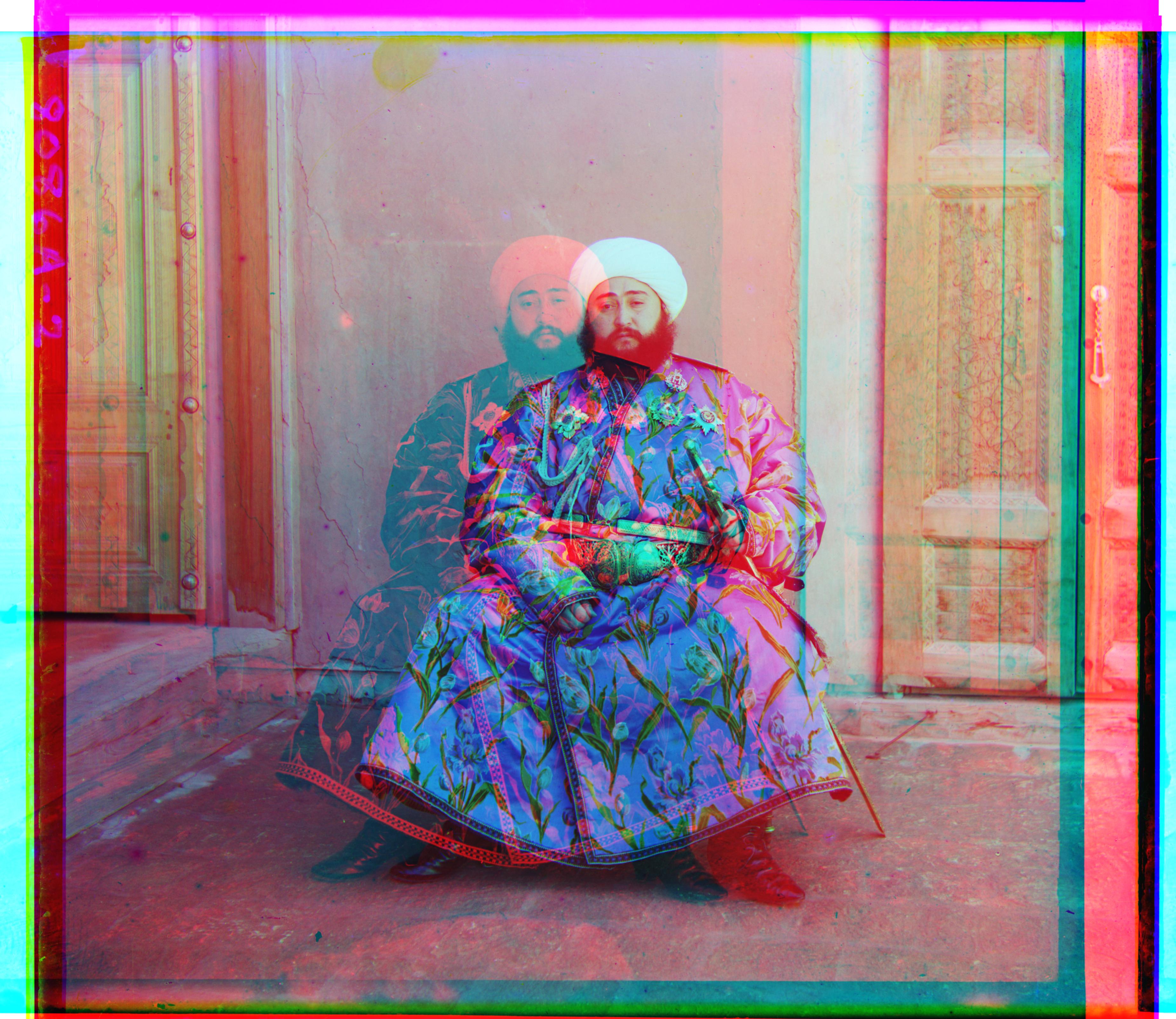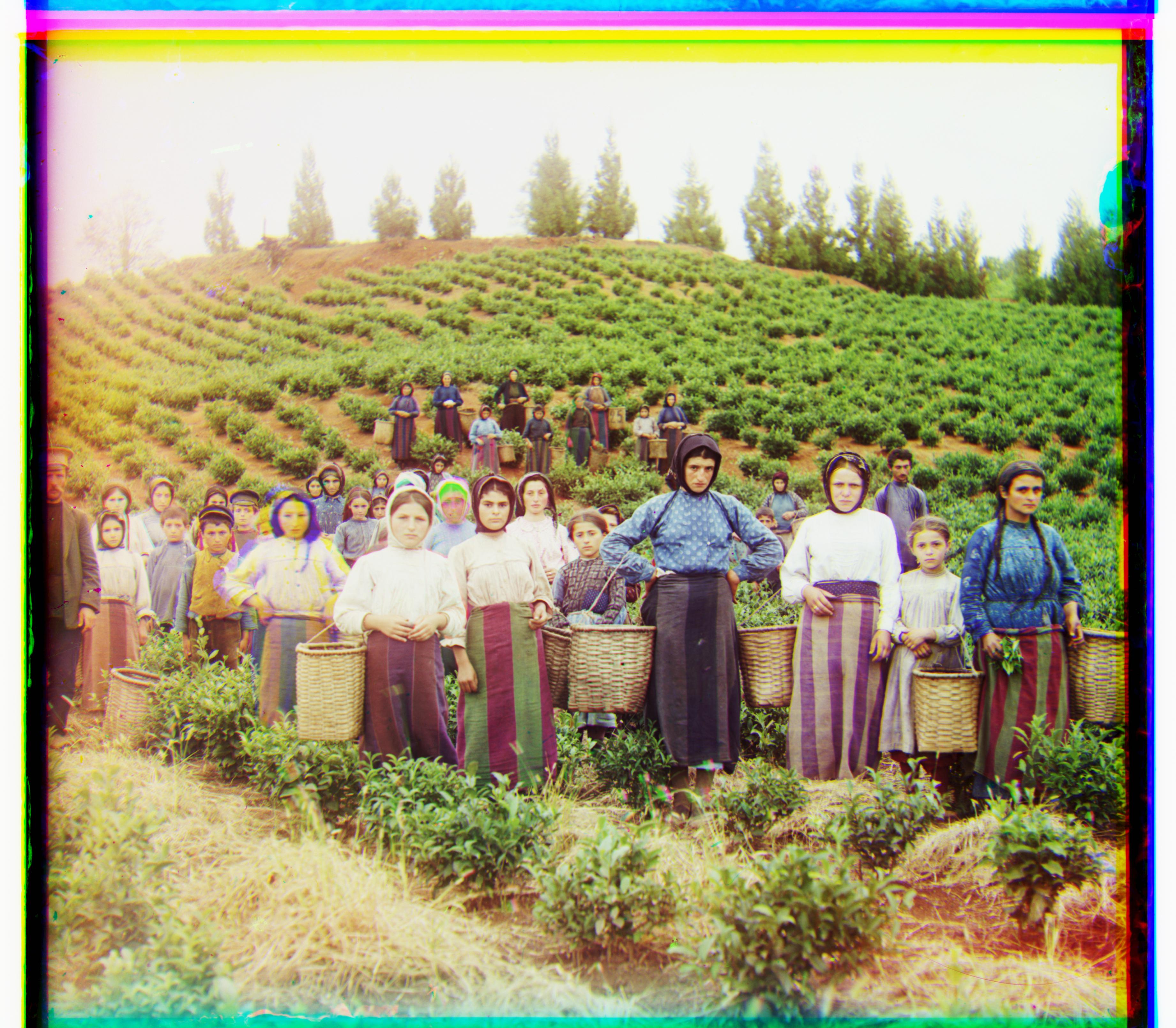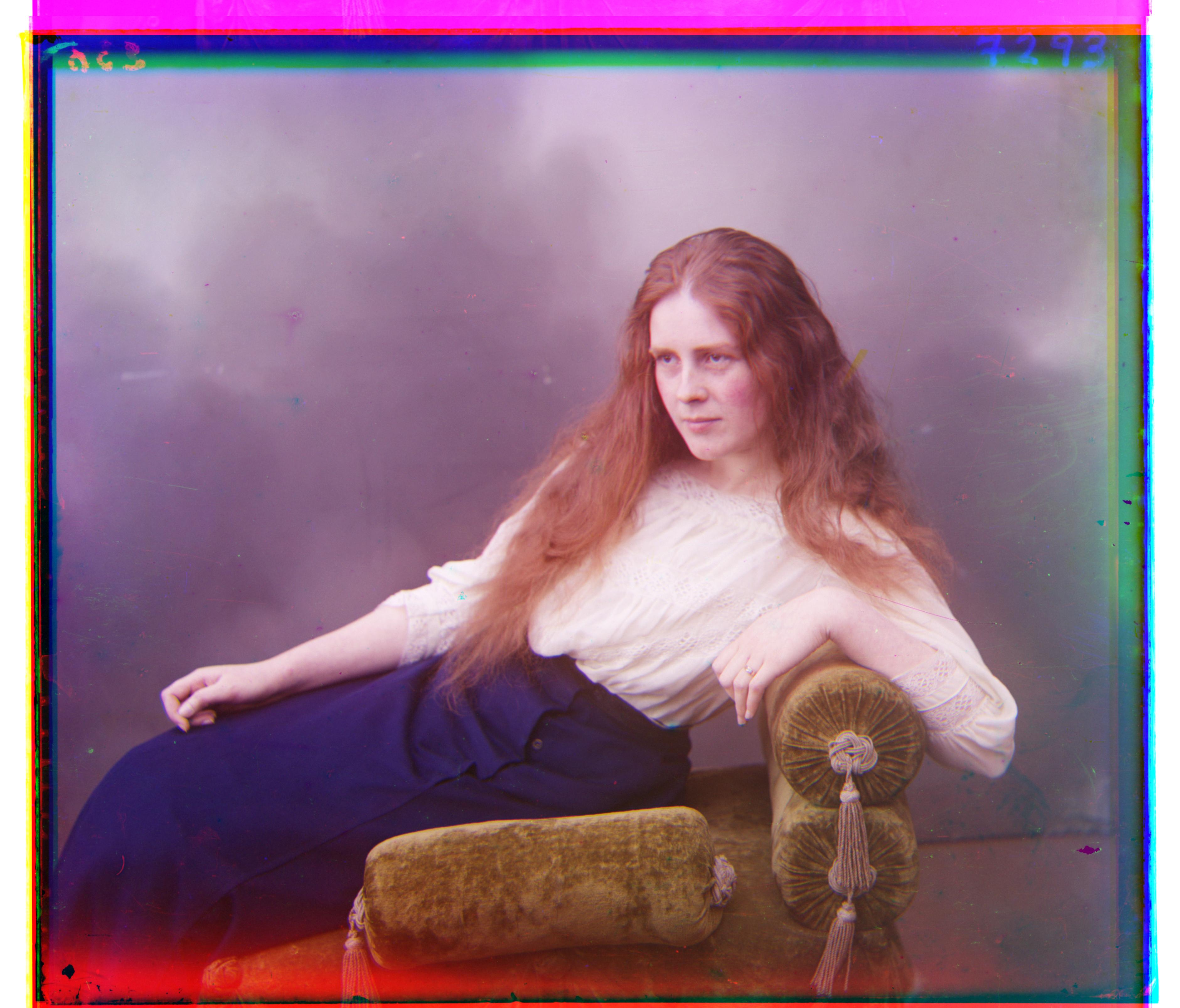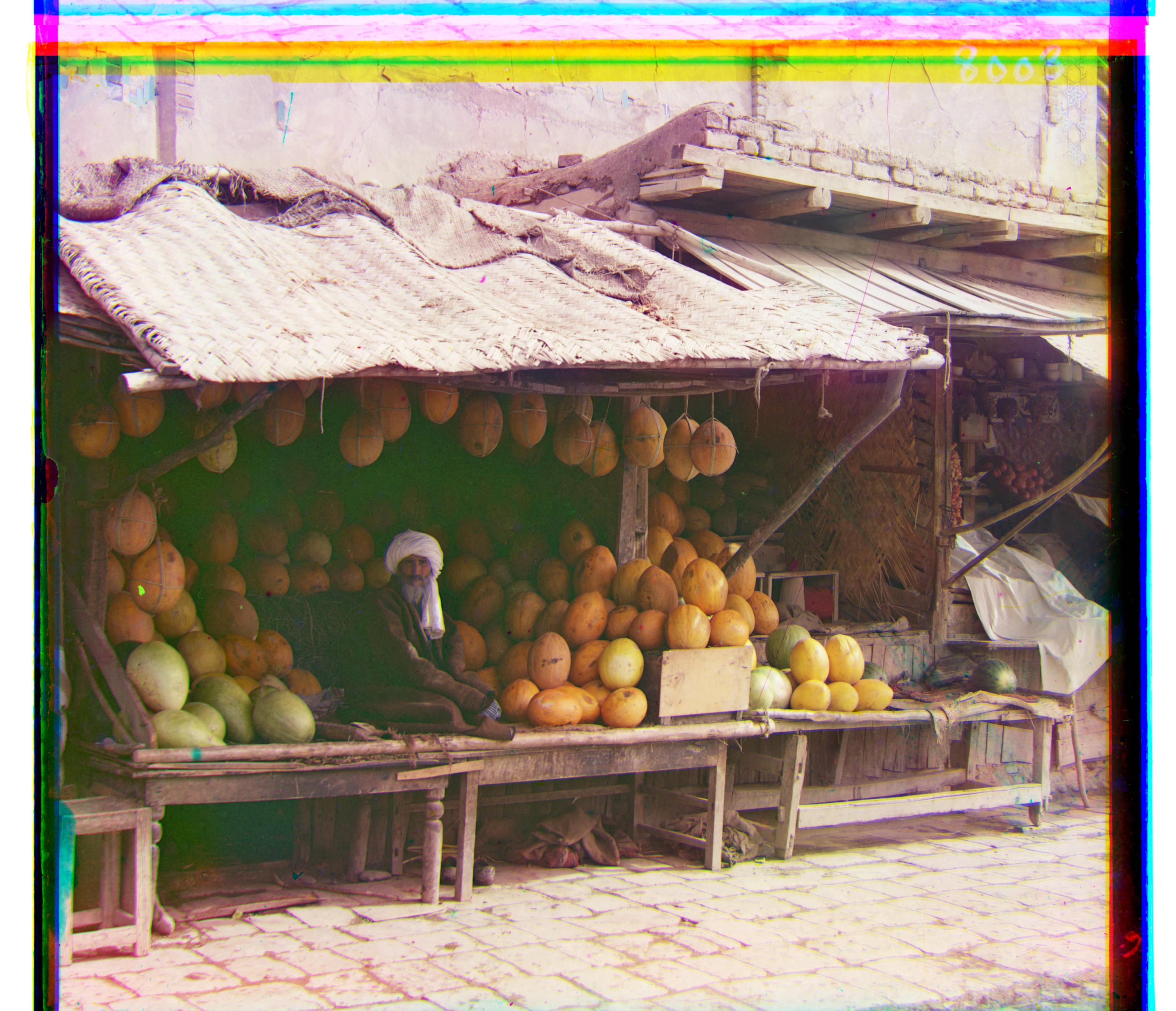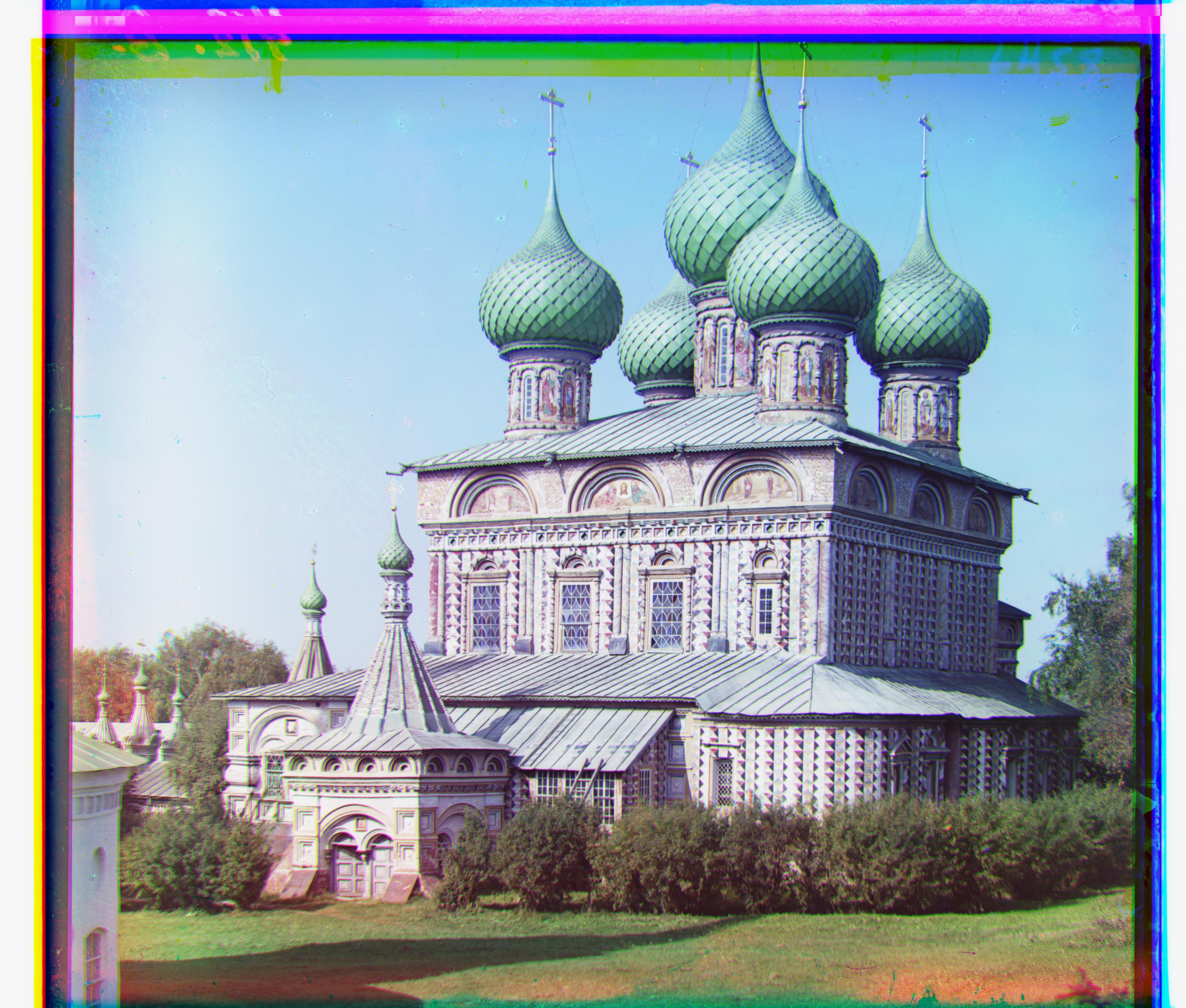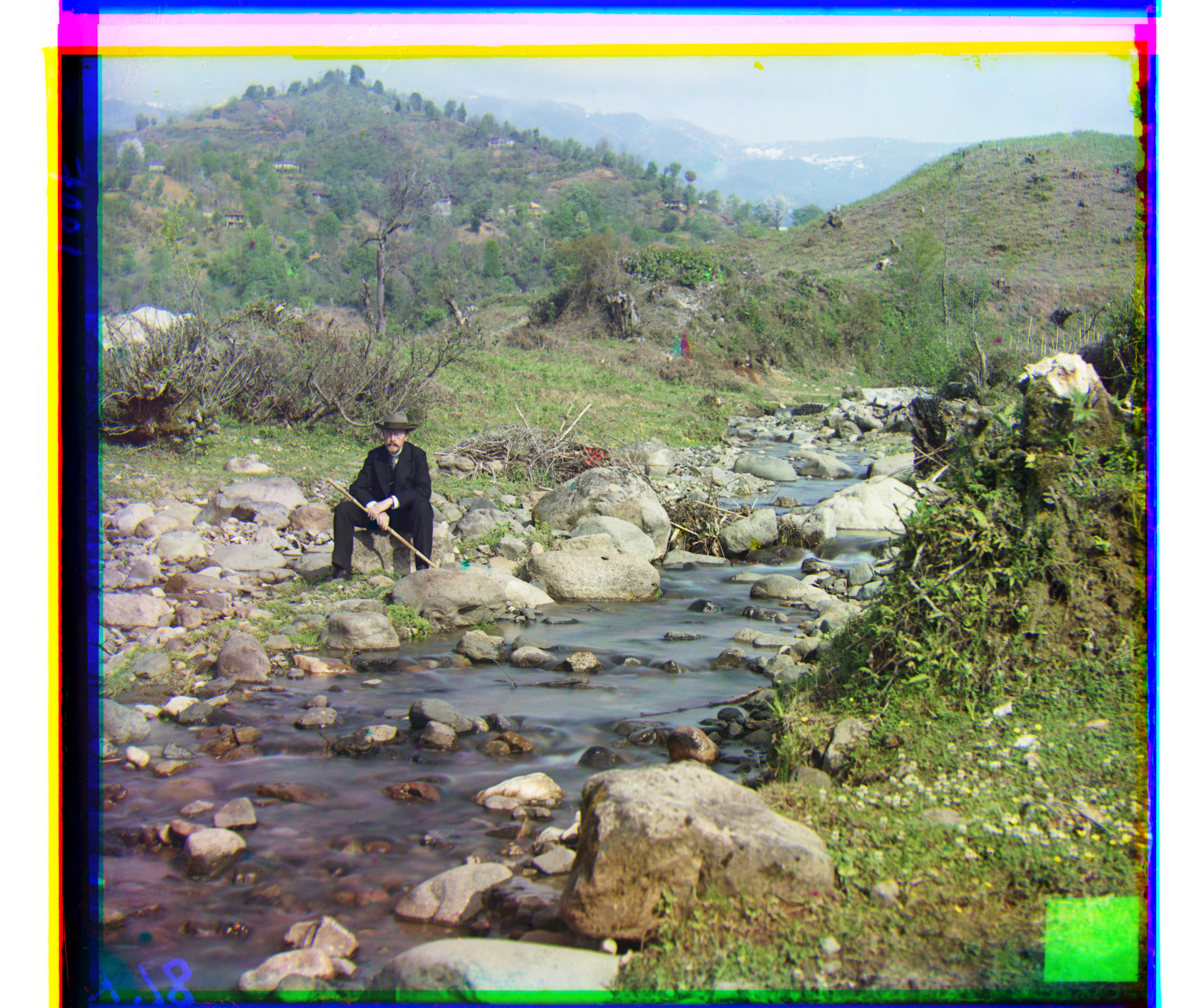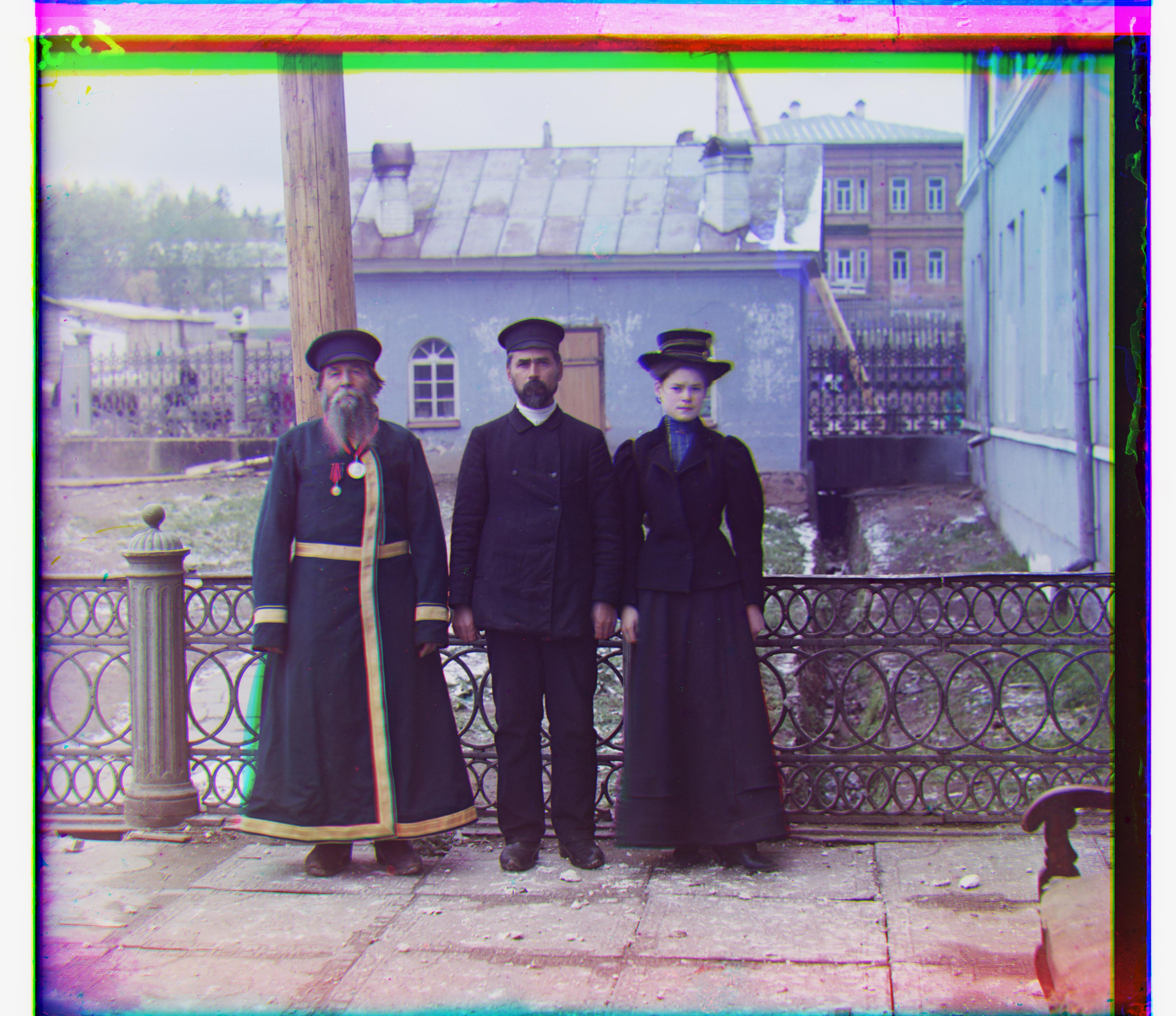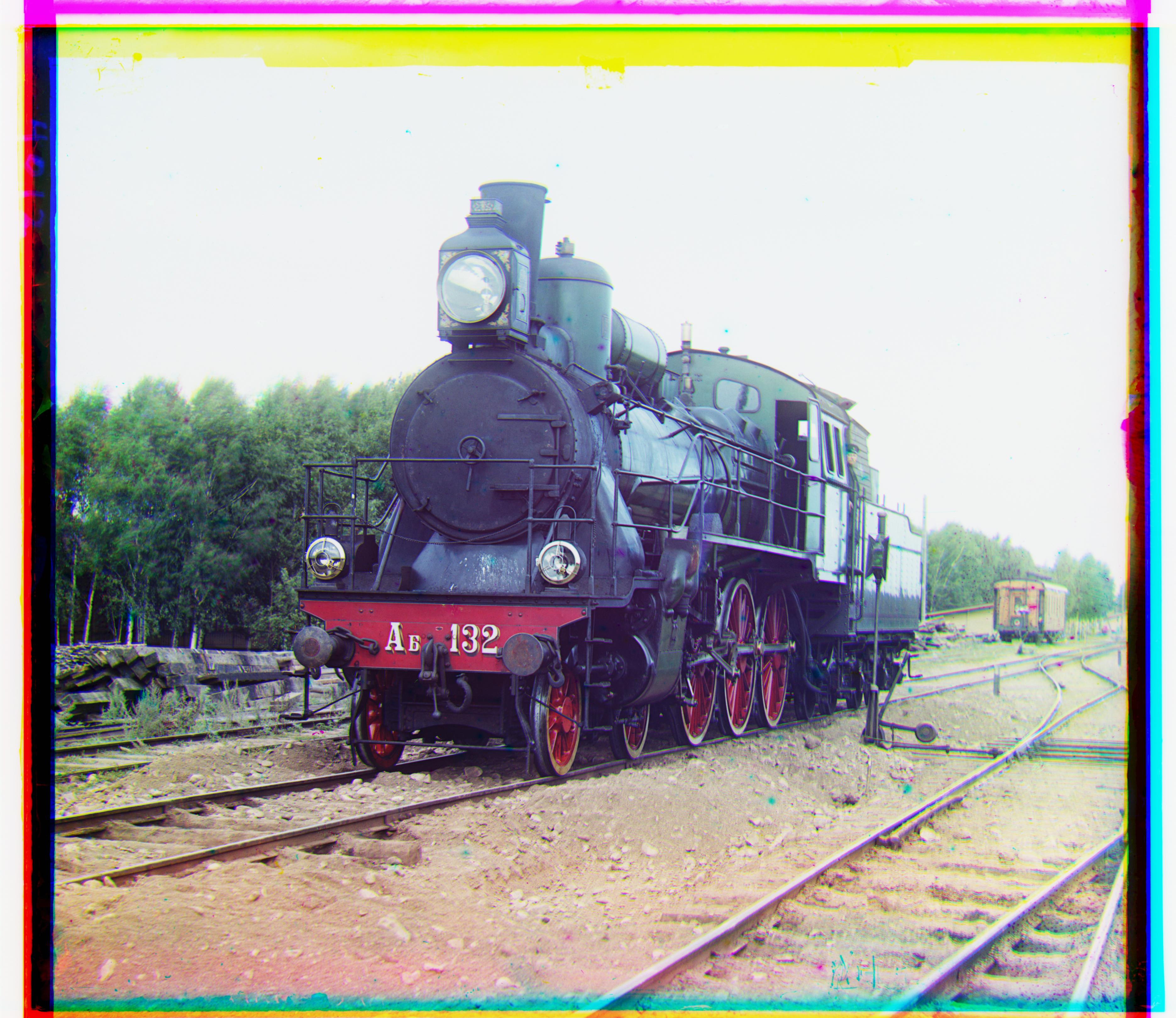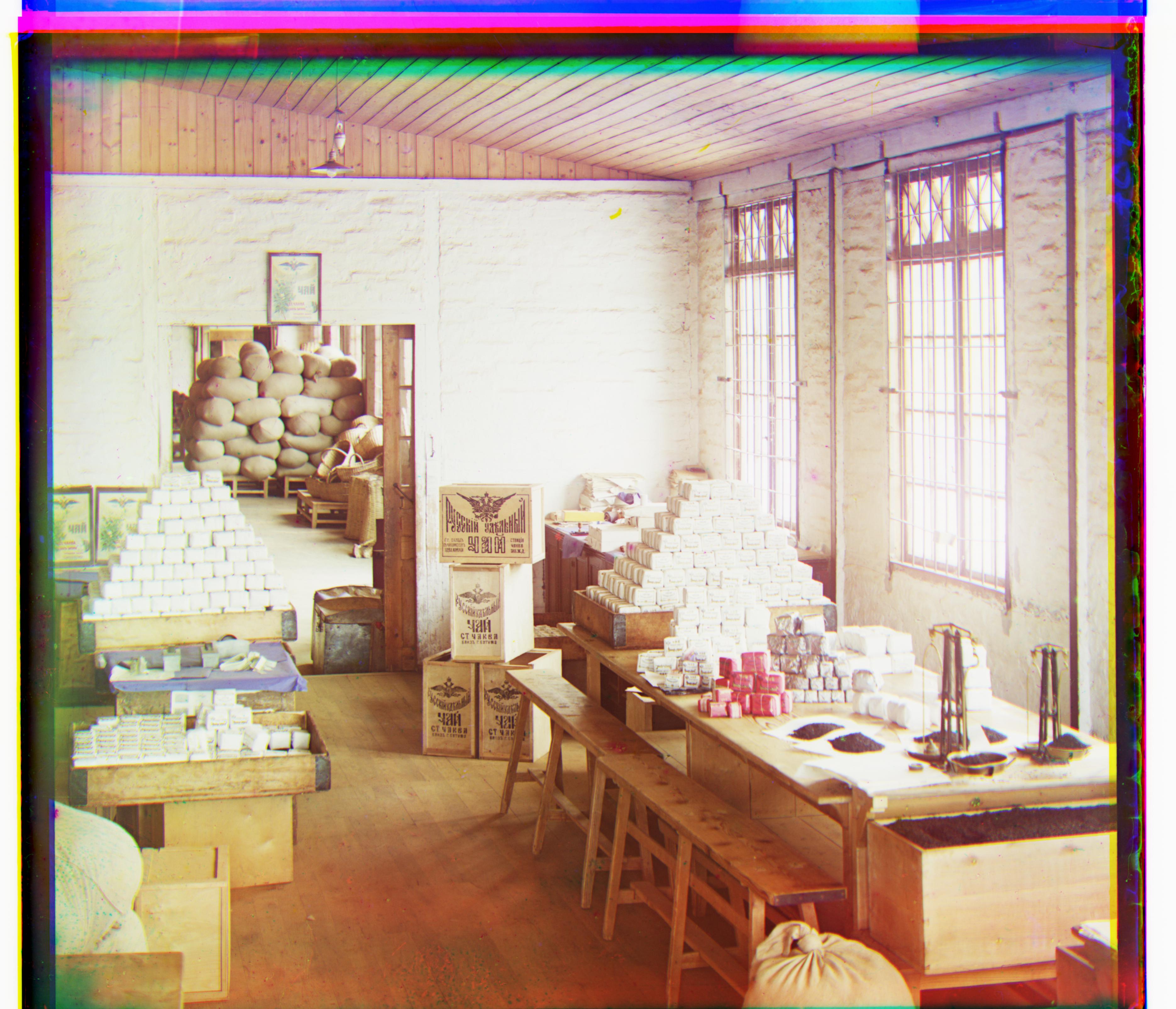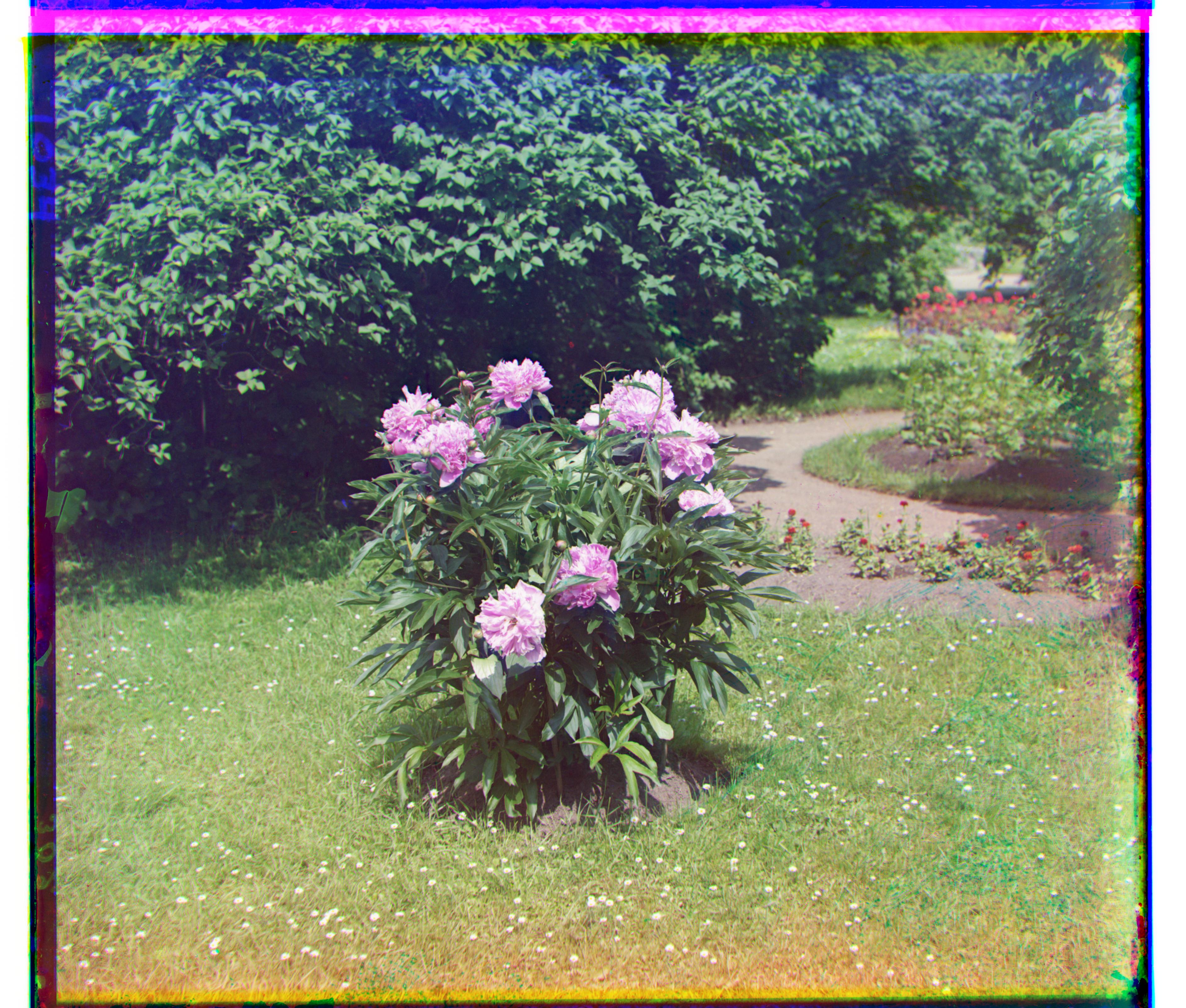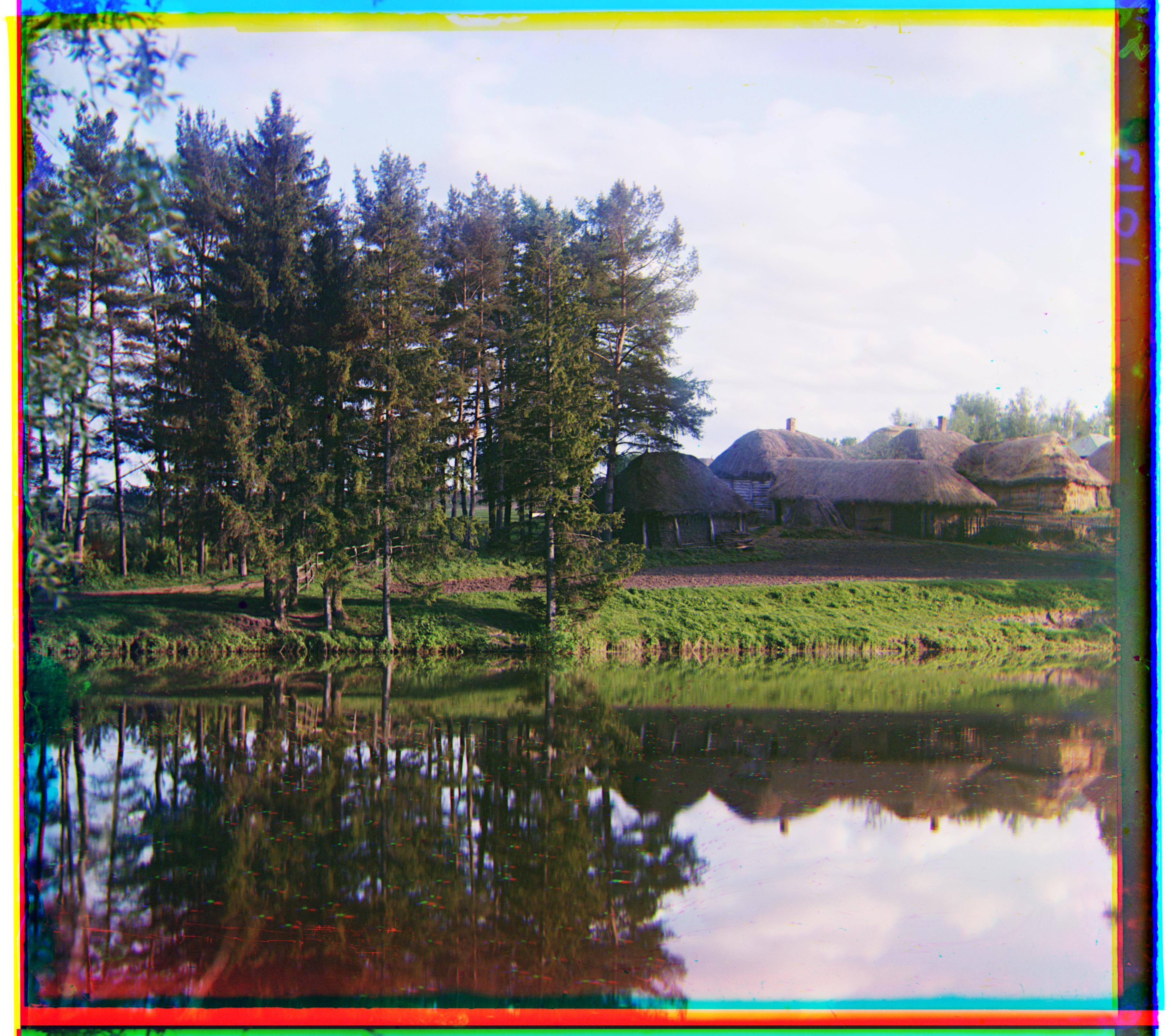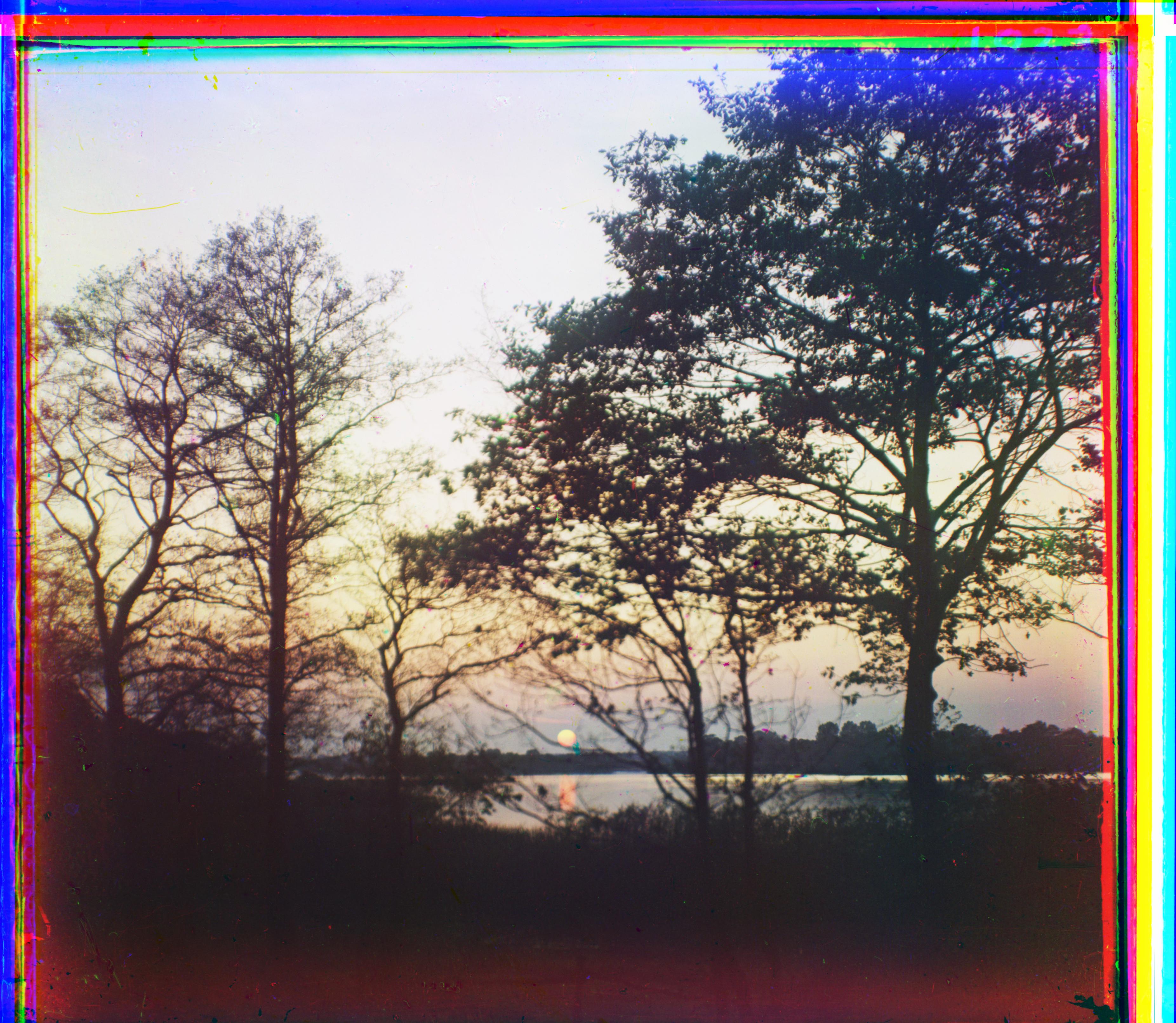Part 1: Exhaustive Search
This approach takes less than 5 seconds for low-resolution jpeg images.
The details of this approach are below:
- Load the input image, and divide it three equal parts b, g, r.
- Crop the borders of b, g, r to get cropped_b, cropped_g, and cropped_r.
- Using L2 distance as cost function and using [-15, 15] as the range for both horizontal and vertical directions, exhaustively search for the optimal translation which results in the minimum cost for cropped_b (base) and cropped_g.
- Using L2 distance as cost function and using [-15, 15] as the range for both horizontal and vertical directions, exhaustively search for the optimal translation which results in the minimum cost for cropped_b (base) and cropped_r.
- Apply the optimal translations to the original g and r.
- Stack the three color channels, and output the image.
Problems encountered:
- Low-resolution jpeg images were not well aligned. After some investigation, I noticed that my initial implementation did not crop off enough borders. I increased the cutoff from 10px to 10% of width/height on each side.
Color images:
-
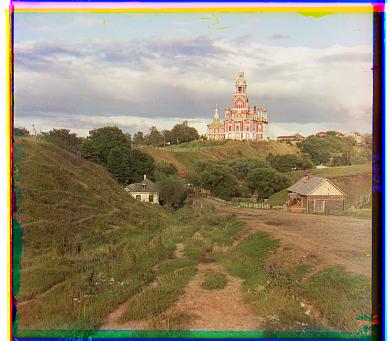
Blue translation: (0, 0); Green translation: (2, 5); Red translation: (3, 12)
-
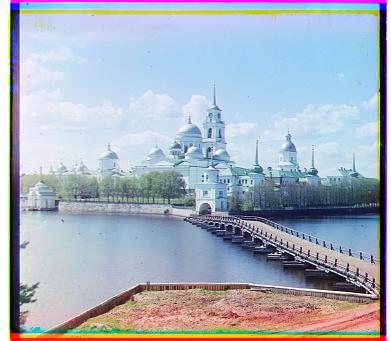
Blue translation: (0, 0); Green translation: (2, -3); Red translation: (2, 3)
-
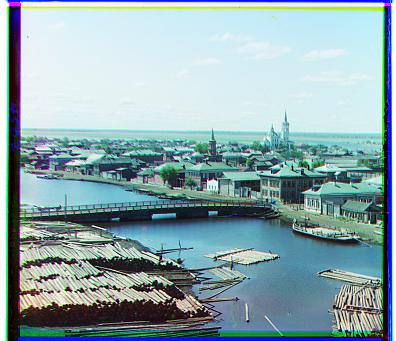
Blue translation: (0, 0); Green translation: (3, 3); Red translation: (3, 6)

